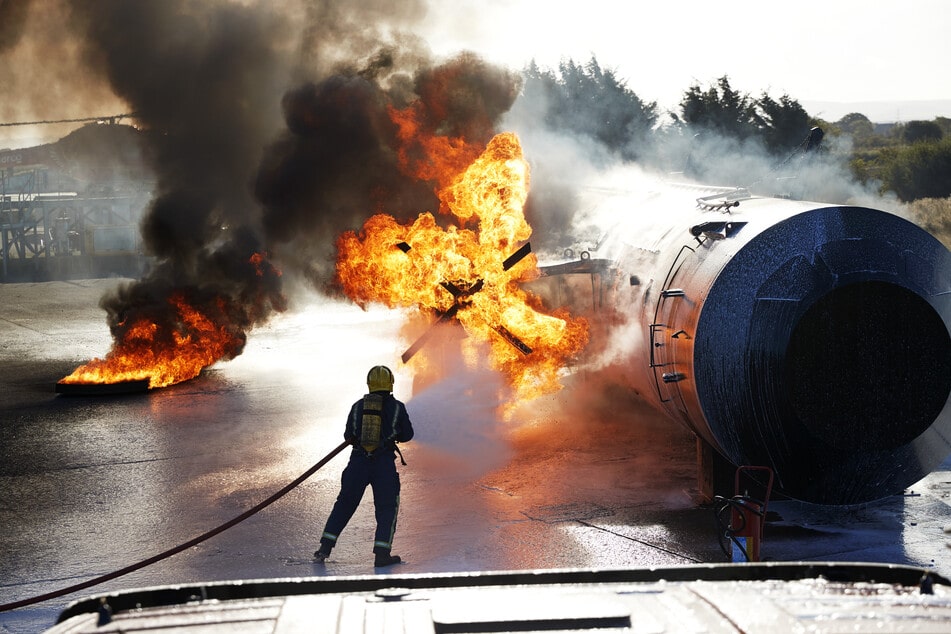
When tragedy strikes—like the heartbreaking Air India Dreamliner crash in Ahmedabad—public attention turns sharply toward aviation safety. Are Indian skies getting safer? How do India’s accident rates compare globally? This article dives deep into aviation accidents in India and the world, analyzing data, causes, and trends, complete with a detailed table for comparison.
✈️ Recent Indian Aviation Tragedies
Air India Flight AI171 (June 12, 2025)
A Boeing 787-8 took off from Ahmedabad bound for London Gatwick. Seconds after liftoff, fuel switches were inadvertently moved to “cut-off,” causing engine failure and a catastrophic crash into a medical college. The death toll: 260 people, with only one survivor The Economic Times+3Kaggle+3AP News+3AP News+4Financial Times+4The Independent+4.
Air India Express Kozhikode Crash (Aug 2020)
A return flight from Dubai overshot the runway in heavy rain. 18 lives lost, over 120 injured AP News+1Reuters+1.
Mangalore Crash (May 2010)
Boeing 737 veered off the runway into a gorge, killing 158 of 166 aboard AP News+12AP News+12Reuters+12.
Patna Crash (July 2000)
Civilian aircraft crashed near a residential area, killing more than 50 onboard and 5 on the ground AP News.
Historical Disasters
India’s deadliest civilian disaster was the 1996 mid-air collision over Haryana that killed 350 people The Economic Times+8Reuters+8The Independent+8.
🌍 Global Aviation Safety Trends
According to the ICAO Safety Report 2024, scheduled commercial operations resulted in:
- 1.87 accidents per million departures in 2023 (down 17.9% from 2022’s 2.05) The Times of India+5ICAO+5ICAO+5.
- 72 fatalities in 2023—a dramatic decline from 160 in 2022 .
- Only one fatal accident in 2023, the lowest in five years .
Meanwhile, IATA data shows accident rates decreasing from 1.15 per million sectors in 2019 to 0.80 in 2023 III.
📊 Comparative Table: Accident Data (India vs World)
| Year | India – Recorded Crashes¹ | India – Fatalities | World – Accidents/million departures² | World – Fatal Accidents |
|---|---|---|---|---|
| 2023 | 1 (AI171) | 260 | 1.87 | 1 |
| 2022 | 0 | 0 | 2.05 | 7 |
| 2021 | 0 | 0 | 1.93 | 7 |
| 2020 | 1 (Kozhikode) | 18 | 1.53 | 4 |
| 2019 | – | – | 1.11 | 8 |
| 2010 | 1 (Mangalore) | 158 | n/a | n/a |
¹ India crash data via AP News & Reuters; ² Global stats via ICAO and IATA reports.
🛠 Top Causes of Aviation Accidents
Global data shows:
- 80% of aviation accidents stem from human error; specifically, pilot error accounts for 53%, mechanical issues 21%, weather 11% AP News+2Panish | Shea | Ravipudi LLP+2The Independent+2.
- Most accidents happen during takeoff and landing phases .
India’s AI171 crash aligns with this—an engine fuel cut-off during takeoff is a classic human-error scenario, highlighting critical crew procedures The Independent+1AP News+1.
🚨 Black Box & Investigation Clues
Investigators recovered intact black boxes from the Ahmedabad crash, allowing deep analysis of cockpit data and voice recordings AP News+3The Economic Times+3The Scottish Sun+3. The confusion over switch movement is central to the ongoing investigation.
🛡 Safety Measures & What’s Next
- Post-crash, a safety audit was ordered at Ahmedabad’s airport due to bird strike risks and runway infrastructure limitations ReutersThe Times of India.
- India’s DGCA continues public oversight through accident reports available on its portal Directorate General of Civil Aviation+1The Times of India+1.
🧩 Why This Matters
- Data-driven reassurance: Global accident rates are down; airline travel remains safe.
- Indian risk spotlighted: While rare, crashes like AI171 highlight critical areas like pilot training and cockpit checks.
- Policy & infrastructure: Bird controls and runway standards need constant attention.
- Human oversight remains key: Despite advanced tech, human error causes most accidents—underscoring the need for crew vigilance and regulatory enforcement.
🔍 Conclusion
While aviation is statistically safer than ever globally, shockwaves from the Air India Dreamliner crash indicate safety is never assured. Lessons in training, cockpit design, and ground operations—from India to the world—are critical to preventing the next tragedy.
By openly sharing accident data and taking proactive steps, the industry can build on its record of improvement and retain public confidence in the sky.
📚 Sources & Further Reading
- ICAO Safety Report 2024 ICAO+1ICAO+1
- IATA Accident Statistics 2019–2023 AP News+15III+15ICAO+15
- AP News – India crash histories AP News+7AP News+7Reuters+7
- Reuters – pilot confusion in AI crash AP News+4Reuters+4The Independent+4
- Panish Law – cause breakdown Panish | Shea | Ravipudi LLP+1The Times of India+1
- DGCA portal listings The Times of India+4Directorate General of Civil Aviation+4ceicdata.com+4

